From ''Jalsaghar' to 'Chungking Express': A nerd's guide to movies with music as the main character
Somewhere between background score and Bollywood dance numbers lies the perfect kind of film music
KARACHI:For many of us who have grown up on a riotous diet of Bollywood and select Pakistani offerings, music in cinema has typically manifested as a dance number or a love duet — and just as frequently both. Bereft of Mehbooba, Helen’s masterly dance in a provocative shimmering green, Sholay has a lot more to lose than the impetus for Veeru and Jai’s ambush of Gabbar and his men. It gives the film a life beyond the screen.
And that’s precisely what filmy songs set out to do in the cinemas where they reign: bolster a film’s popularity. Take the all-too-familiar tune of Neray Aa Zaalma, inseparable from a rain-soaked Nargis attempting to seduce a brooding Moammar Rana in Chooriyan (the right generation will remember that).
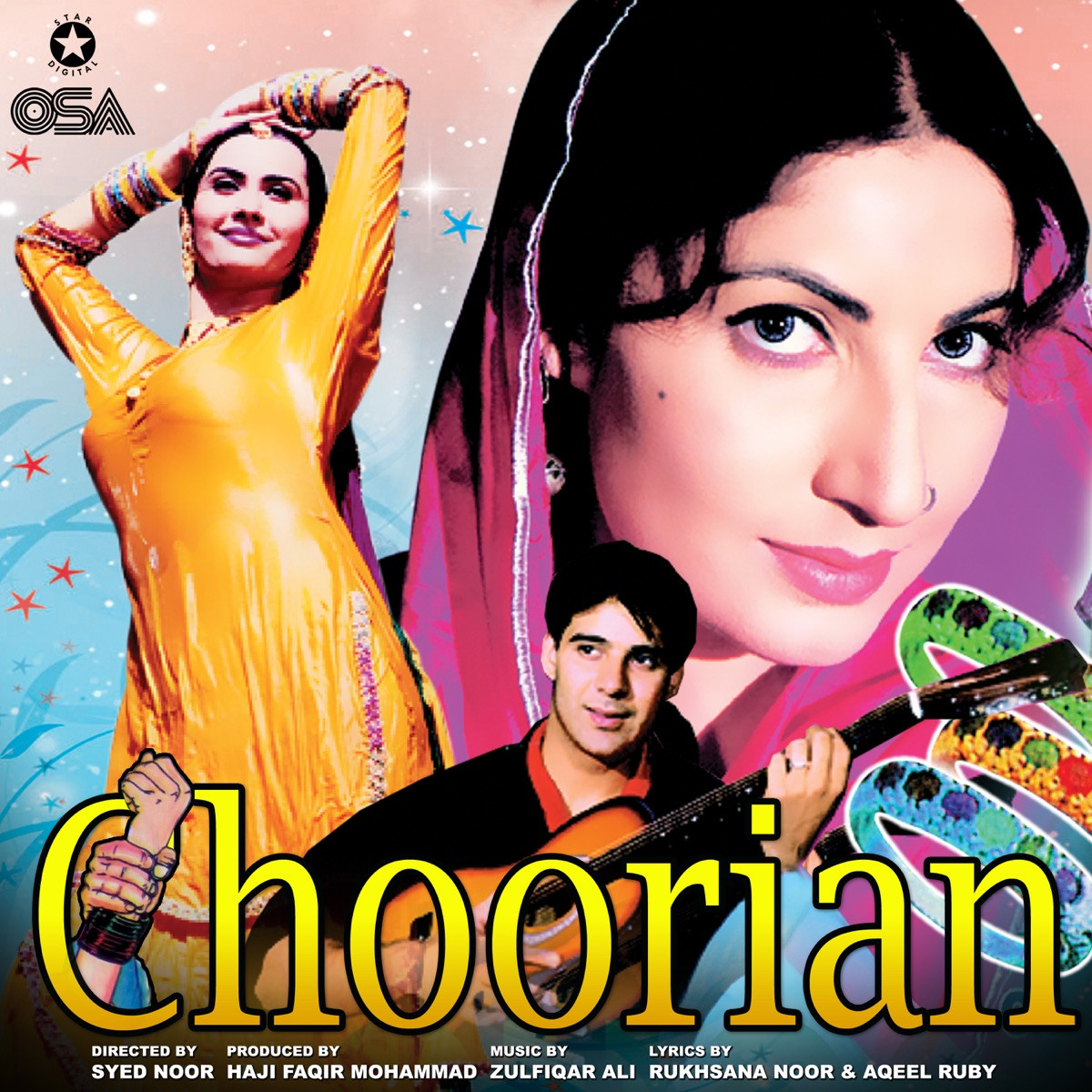
Luck turns the franchise into a gamble as occasionally these tunes find a rebellious life of their own. Hit songs from flop Bollywood films is a genre in its own right. Throughout my teen years, Shilpa Rao worked her magic with Tose Naina Lage from the forgotten Anwar (2007) and Shiraz Uppal’s Roya Re definitely upstaged Pooja Bhatt’s disastrous Dhokha in the same year.
Other spectacles such as the dance number, more recently mainstreamed as the item song, drive up the commercial resolve to an extreme. Despite receiving flak over objectifying women, Sheila Ki Jawani and Fevicol Se were undebatable fixtures in 'shaadi season' choreographies for the longest time.
Then there are films that abandon vocals altogether. Where an immersive score sutures an otherwise fractured romance or tragedy. Evocative but never outrunning the film, many cinephiles including residents of the filmbro camp grow an ear for it. Even if the titles they fawn over are bastardised beyond substance; be it the perverse pleasures of A Serbian Film or the trite popularities of Inception/The Dark Knight.
Grand tunes in spotlight
And don’t even get a dedicated filmbro started on Nolan’s affair with Hans Zimmer. To his credit, the German composer has scored a sturdy catalogue of films, including Gladiator and Dune. All mostly grand settings made grandiose by Zimmer’s expansive instrumentals.
He has his own fandom, his monthly Spotify listeners at a generous 12.1 million. Time and Cornfield Chase remain his top two most streamed offerings, made for Inception and Interstellar respectively. On the other hand, in a formerly viral post on X, Tom Cruise exhibits his filmmaker’s eye and allegedly pushes for changes to be made to a Mission Impossible soundtrack.
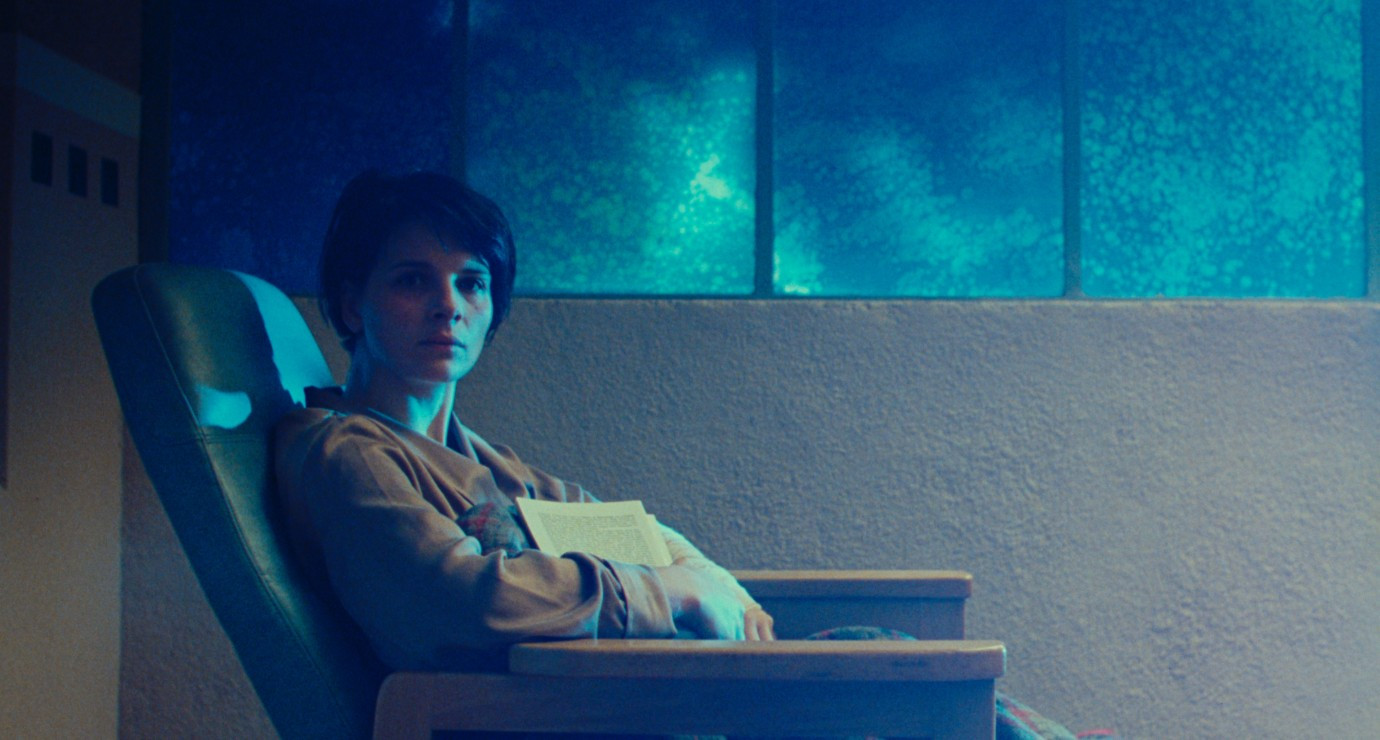
Somewhere between score as the background and Bollywood dance numbers divorced from their film’s box office performance, fall my favourite kind of film. The ones where music morphs into a character. Where a track is born (or reborn) at a story’s beginning, tripping over its feet and going through the passage of time — just like other characters. In Three Colours: Blue, Krzysztof Kieślowski makes us witness the life of one such musical piece: Song for the Unification of Europe.
It’s not only Julie who is grieving. When her husband, a famed composer, and their daughter lose their lives in a car accident, Julie leaves the hospital haunted by excerpts of his unfinished piece. They come to her in flashes awash in blue, terminal, as if the orchestral piece she had started composing with her husband was their child who lived.
Painful and gripping, Julie and the music piece traverse grief together, eventually becoming one in the film’s stirring climax: the finished piece debuts to a hall full of listeners. Song for the Unification of Europe is weighty in its ideology and unmistakably European. Unlike Biswambhar Roy’s penchant for Hindustani classical music in Satyajit Ray’s Jalsaghar.
The dreamy, the spectacular
A moribund feudal lord, the ambitions of Roy’s splendour lie in resurrecting his past glory. He forgets his predilection for music after his wife and son drown in a river. With already too much to grieve, now he must witness modernity drop its anchor in 1930s Bengal, just one wall away from his dilapidated mansion.
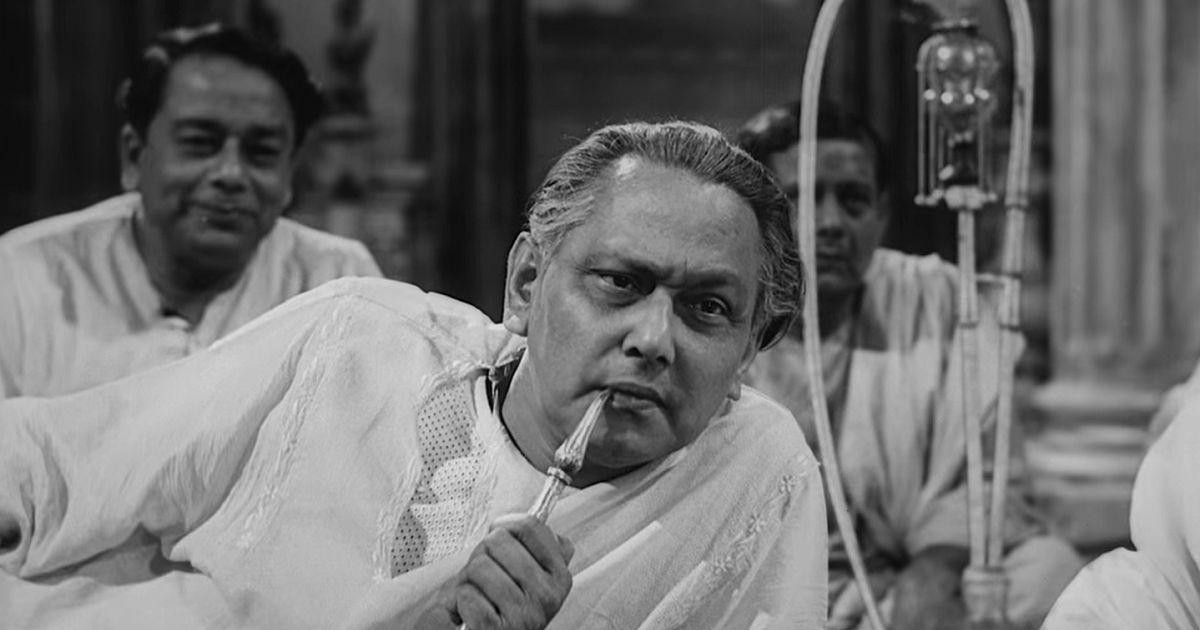
And so he seeks refuge in music and it is music that he wields as a sword. The tacky sounds of his neighbour’s son’s initiation ceremony have nothing on the party Roy can throw on his dwindling estate. Until the music actually begins its course and all becomes trivial.
Begum Akhtar, Roshan Kumari, Waheed Khan and Bismillah Khan perform a series of concerts throughout the evening. Music is both opulence breathing its last and a memento of what once was. But more so, it is a larger-than-Roy (and Ray) character that must be spent listening to, unbothered by the passage of time.
Turned on its head, music in Wong Karwai’s Chungking Express is radically preoccupied with time and a pair of dreamy eyes set on the future. His dreamy film gaze saturates the neon-lit loneliness in urban Hong Kong that Faye longs to escape. So she blasts the most popular rendition of California Dreamin’ (by The Mamas & the Papas) in a late-night snack bar.
Even when Cop 663, entranced by her loud music and quirky persona falls for her, Faye is oceans away in California, dreaming. Composed of two distantly related stories, California Dreamin’ is a fully furnished dream for the second half, harbouring hopes for a future, an escape and a return.
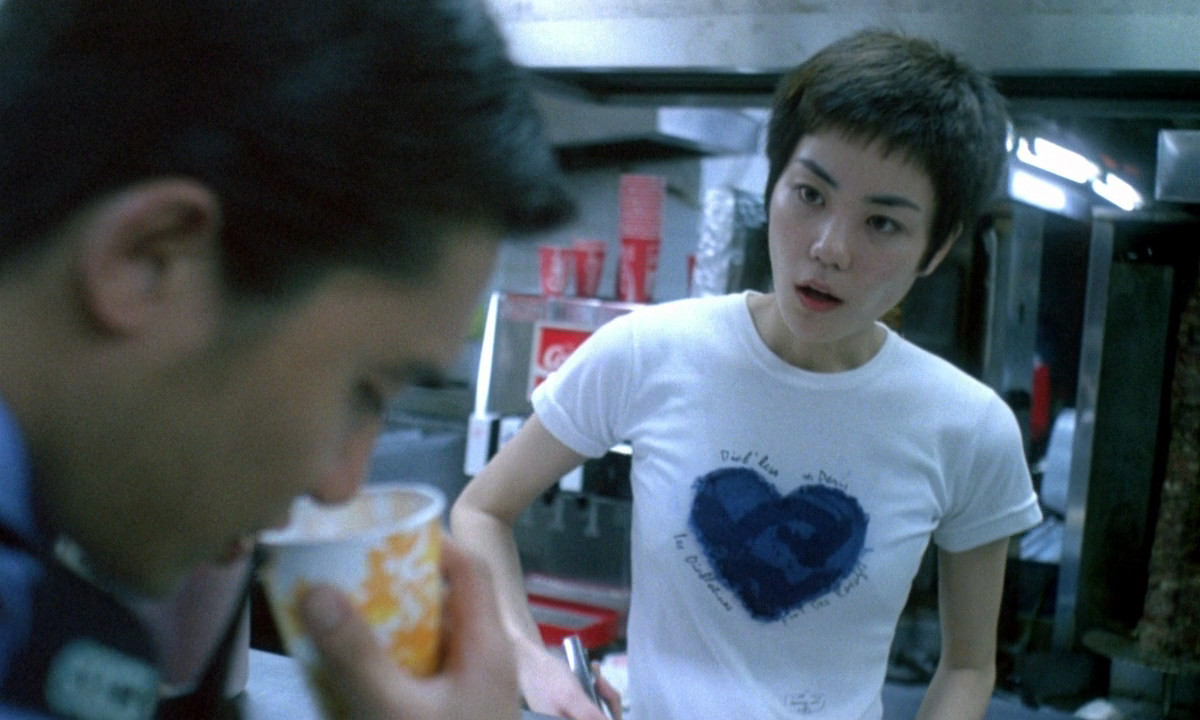
Have something to add to the story? Share it in the comments below.

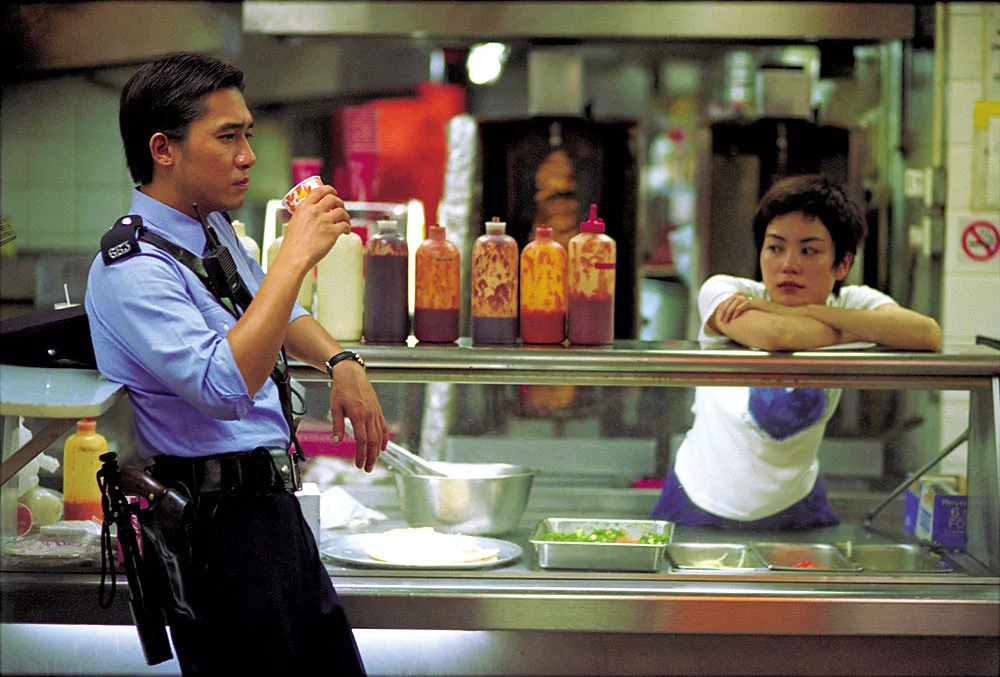
COMMENTS
Comments are moderated and generally will be posted if they are on-topic and not abusive.
For more information, please see our Comments FAQ